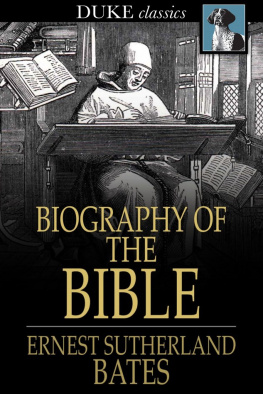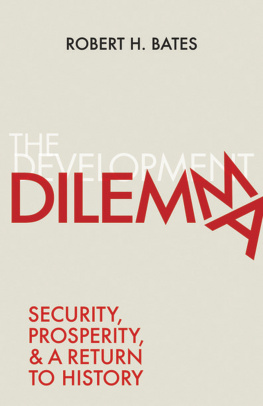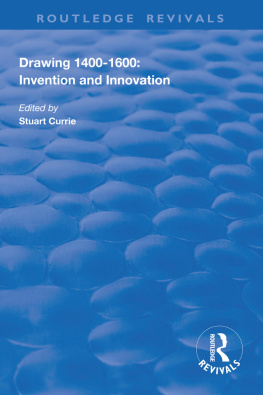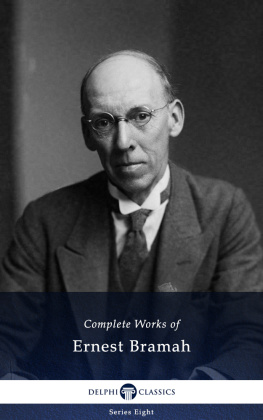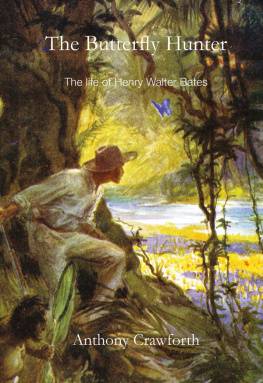| Departure of a Tourist |
| (British Museum MS. Egerton 1222, fol. 44.) |
| A Pilgrimage Scene |
| From a woodcut by Michael Ostendorfer (1519-1559) or perhaps by his master, Albrecht Altdorfer. Both lived at Regensburg, where the scene of this picture is laid, this shrine of Our Lady of Regensburg being a regular pilgrimage centre (British Museum). |
| The Cheapest Way |
| "Les Bohmiens" (no. 1) by Jacques Callot (1594-1635). The artist ran away from home to Italy when a youngster and fell in with company of this kind on the road. The second state (1633; British Museum) has been reproduced in preference to the first as being in no way inferior and having the advantage of the verses appended to them by another traveller of the time, the Abb de Marolles. |
| A Typical Town-Plan |
| Map of Venice, illustrating especially the disregard of scale. From H. de Beauveau's "Relation journalire," 1615. |
| A Typical Map |
| Part of Flanders, from Matthew Quadt's "Geographisch Handtbuch," 1600. Illustrates the approximateness of detail and the absence of roads, especially as contrasted with the indications of waterways. But it must be noted that cartography made as great advances during the period here dealt with as surgery during the nineteenth century. |
| A Channel Passage-Boat |
| From Mnster's " Cosmographie ," 1575 (ii. 865part of the map of Germany). |
| Ship for a Long-Distance Voyage |
| Dutch vessel, showing the open cabins at the stern in which Moryson preferred to sleep. From J. Frtenbach's " Architectura Navalis ," 1629. |
| Lock between Bologna and Ferrara |
| From J. Frtenbach's " Newes Itinerarium Itali ," 1627. There were nine of these in thirty-five miles. Frtenbach's sketch shows an oval basin as seen from above, with lock-gates at the down-stream end only. He gives its measurements as large enough for three vessels, with walls twenty ells high. |
| Gate of St. George, Antwerp |
| The gate as it appeared about the middle of the sixteenth century (Peter Bruegel the elder: Bibl. Royale de Belgique ), showing also the long covered waggon which was practically the only land conveyance in use, apart from litters. |
| Venetian Mountebanks |
| Painted between 1573 and 1579; from a Stammbuch (British Museum MS. Egerton 1191). Concerning these mountebanks the French traveller Villamont writes in 1588, 'And if it happens that they [i.e. the 'sights' of Venice] bore you, go and look at the 'charlatans' in St. Mark's Place, mounted on platforms, enlarging on the virtues of their wares, with musicians by their side.' |
| Public Executions |
| The " Supplicium Sceleri Froenum " of Jacques Callot (1592-1635). The first state of the etching seems to be unobtainable for reproduction, this being from a photograph (the only one hitherto reproduced?) of one of the better copies of the second state, almost equally rare in a good condition (Dresden Museum). |
| Dangers of the Northern Seas |
| According to Mnster's " Cosmographie " 1575 (ii. 1724). |
| At Montserrat |
| Montserrat and its hermitages, with the Madonna and Child in the foreground and two pilgrims. From British Museum Harleian MS. 3822, folio 596. The two pilgrims are obviously the writer of the manuscript, Diego Cuelbis, of Leipzig, and his companion, Joel Koris. They visited Montserrat in 1599. |
| An Irish Dinner |
| Referring more particularly to the MacSweynes, "whose usages," says the author, John Derricke, in his "Image of Irelande," 1581, "I beheld after the fashion there set down." From the copy (the only complete one known) in the Drummond Collection in the Library of the University of Edinburgh. The cut also illustrates the contrasts in Irish life as seen by the foreigner, referred to in the chapter on Ireland. |
| An Example of Turkish Fine Art |
| Miniature illustrating some of the characteristics of Turkish art which Della Valle and other contemporary travellers prized so highly. The brilliant colouring of the original throws into relief much detail in the flowers which is necessarily lost in reproduction. (From Brit. Mus. Add. MS. 15,153; a copy of the Turkish translation of the Fables of Bidpai, dated 1589.) |
| Pilgrims leaving Jaffa for Jerusalem, 1581 |
| From the MS. of Sbastien Werro, cur of Fribourg ( Bibl. de la Socit Economique de Fribourg ). Showing also the fort at Jaffa, the caves in which pilgrims had to lodge until permission was given to depart, and the peremptory methods of the Turks when a pilgrim got out of the line of march. |
| At Mount Sinai |
| From Christopher Frer's " Itinerarium " (1566). |
| Arms of a Jerusalem Pilgrim |
| Arms of Sbastien Werro, cur of Fribourg, Switzerland, surmounted by the arms of the Knights of the Holy Sepulchre, showing that he received that knighthood on the occasion of his pilgrimage thither, 1581. The title-page of the account of his journey written by himself ( Bibl. de la Socit Economique de Fribourg ). |
| Two German Kitchens |
| The 'fat' and the 'lean.' Plates 58 and 63 of J. T. de Bry's " Proscenium Vit Human" ("Emblemata Scularia") . From the copy of the first edition (1596) in the Bodleian Library at Oxford. |
| German Bathing-Places |
| From Mnster's Cosmography; two of the woodcuts are from the French edition of 1575 (ii. 1020-21), the other from the Latin edition of 1550. Visitors to Berlin will find the subject more artistically illustrated by the " Jugendbrunnen " of Lucas Cranach the younger, too large for reproduction here to do it justice. |
| The Red Gate, Antwerp |
| As it was about the middle of the sixteenth century (plate I of Peter Breugel the elder's " Prdiorum Villarum ... Icones "; Bibl. Royale de Belgique ), showing also the inn which, according to the custom so convenient to late arrivals, was usually to be found outside the gate of a town. |
| A Main Road in Alsace |
| Showing ruts and loose stones. From Mnster's "Cosmographia" (1550; p. 455). |



